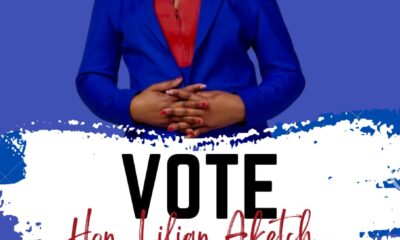The bill passed by the U.S. House provides free testing to all, though kits are in short supply. In Ohio on Sunday, Gov. Mike DeWine issued an executive order enabling certain categories of workers — those whose workplaces have been closed, who do not have paid leave, or who are under quarantine — to immediately receive unemployment benefits. And on Tuesday, the Trump administration signaled support for cash payments.
There is an American precedent for even more inclusive disaster relief. Nearly two decades ago, after the September 11 attacks, the United States developed an exemplary program to provide free, specialized health care to firefighters and other emergency medical workers who reported respiratory ailments, skin and gastrointestinal problems, mental health conditions and, later, life-threatening cancers. But almost as soon as the program got going, cleaning workers employed by private contractors and residents of New York neighborhoods affected by falling debris came forward with nearly identical complaints. The majority of these workers and residents were low income, and many were undocumented.
Disaster aid often fails to account for such vulnerable populations, but in the case of the post-9/11 health program, a broad community campaign of immigrant worker centers, labor unions and public health and environmental justice groups fought successfully to secure equal health care access. The World Trade Center Environmental Health Center was expanded to provide physical and mental health care not only to emergency medical workers but also to privately employed cleanup workers and downtown residents. (I provided legal and technical assistance on this collaboration until 2012.)
We must now create a similarly equitable response to our present disaster, especially as unemployed service workers are taking jobs in the growing, hazardous sector of coronavirus disinfection, according to Nadia Marin-Molina of the National Day Laborer Organizing Network. Worker organizing groups around the country are urging local, state and federal officials to devise emergency relief — including cash transfers, universal unemployment benefits, paid sick leave, an expansion of the earned-income tax credit and free access to coronavirus testing and safe quarantining. Demands for a moratorium on tenant evictions have already succeeded in Seattle, Miami-Dade County and New York City.
Last Friday, Mr. Rodriguez Herrera, the New York barista, volunteered as a Spanish interpreter at a news conference hosted by the Coalition to Protect Chinatown and the Lower East Side. The coalition, which represents local nonprofits, advocacy groups, unions and small businesses — some of whom helped establish the post-9/11 health program — called on Gov. Andrew Cuomo of New York and Mr. de Blasio to institute a coronavirus relief fund for sick and unemployed workers, regardless of immigration status; cut real estate taxes and rents for businesses; and provide accessible medical facilities and quarantines for people living in crowded housing.
These demands echo the new policy in Denmark as well as a proposal put forward by the economists Emmanuel Saez and Gabriel Zucman that the federal government “act as a buyer of last resort.” They suggest the government should purchase whatever isn’t being purchased, so that businesses can keep paying their workers.
“The federal government, they need to declare this a disaster,” Mr. Rodriguez Herrera told me. “It’s not only affecting me, but a lot of working people.” His immediate plan was survival: cheap chicken soup and a scramble to save for rent. But he is also organizing, so that low-wage workers can lead the struggle for a just disaster response.
“We need to come together to change things in the places we work, and where we live,” he said.
The Times is committed to publishing a diversity of letters to the editor. We’d like to hear what you think about this or any of our articles. Here are some tips. And here’s our email: [email protected].
Follow The New York Times Opinion section on Facebook, Twitter (@NYTopinion) and Instagram.

 General News3 days ago
General News3 days ago
 General News4 days ago
General News4 days ago
 General News3 days ago
General News3 days ago
 General News2 days ago
General News2 days ago
 General News2 days ago
General News2 days ago
 General News1 day ago
General News1 day ago
